Shifting Industry Priorities in 2023 | 09 Jan, 2023

This past year has brought a roller coaster of ad spending. To prepare for 2023, industry professionals must be curating media strategies in anticipation of increasing macroeconomic headwinds. Innovation is definitely a big player in 2023, with advertisers eager to lead disruption in new forms of audience engagement, like 3D ads, while also expanding their efforts in established formats, like CTV.
As 2022 winds down and the industry reflects on last year, let’s take a look into the trends and technology that will shape the next year in the Adtech industry.
Where Industry Experts are Spending in 2023?
Some of the top media priorities where experts are planning to expand their horizon in 2023 are –
- Digital audio – 54% of media experts are anticipating an accelerated shift from terrestrial radio to digital music and podcasts.
- Digital video – At least half of the media experts have planned to prioritize this format for their next campaigns. This may be due to the case of increase in consumption of CTV and growing options for ad-supported video streaming services.
- Social media – Social media platforms will continue to be on the priority list for many media experts – allowing them to take advantage of high rates of consumer usage, ad engagement, and rapid increase of influencer marketing.
- Mobile – Another environment on the key priority list is Mobile. Considering a safe environment, mobile ad spend in the United States is expected to rise 14% year-over-year to surpass $194 billion in 2023.
What are the Major Challenges for Media Experts in 2023?
The deprecation of third-party cookies will happen by early 2024 and has become one of the top challenges for ad buyers and ad tech in 2023. Many consumers are opting out of in-app data tracking, and privacy legislation.
This further comes along with another top challenge which is ad placement. This may include deploying ads either adjacent to risky content or misinformation and fake news.
Thus, these concerns about decreasing data access and ad context highlight an urgent need for solutions that allow advertisers to target audiences based on the content they are consuming (i.e contextual targeting), maximizing audience reach in a brand-safe & suitable environment.
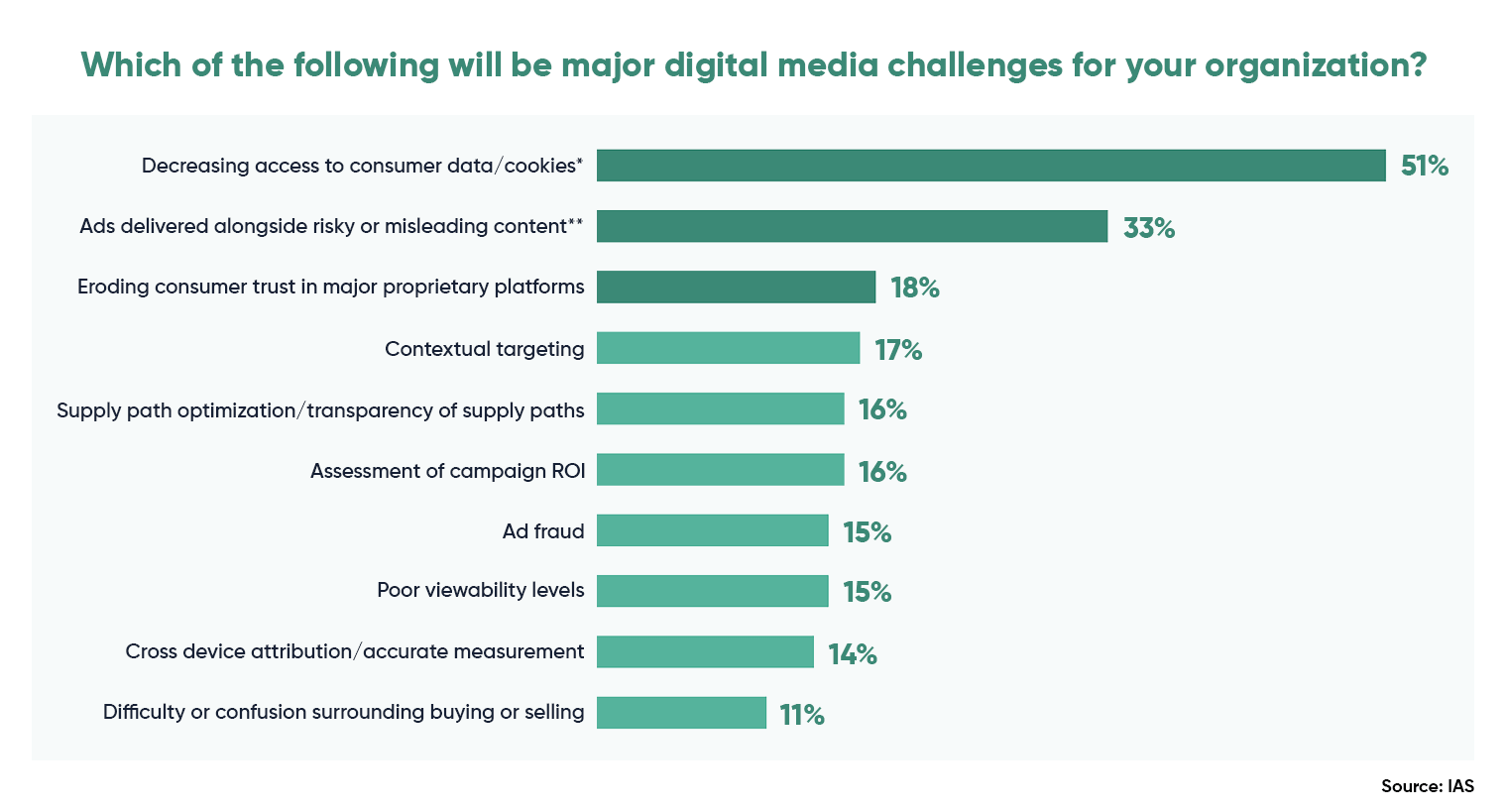
As far as publishers are concerned, the sell-side is also expected to face media challenges, with decreasing access to consumer data/ cookies, choosing monetization with/ without social media platforms, etc.
Some common challenges that publishers are also likely to face are definitely less access to consumer data, identity system integration, maximizing yield, and monetizing first-party data.
Ads displayed next to irrelevant or unsafe content are also another challenge for publishers.
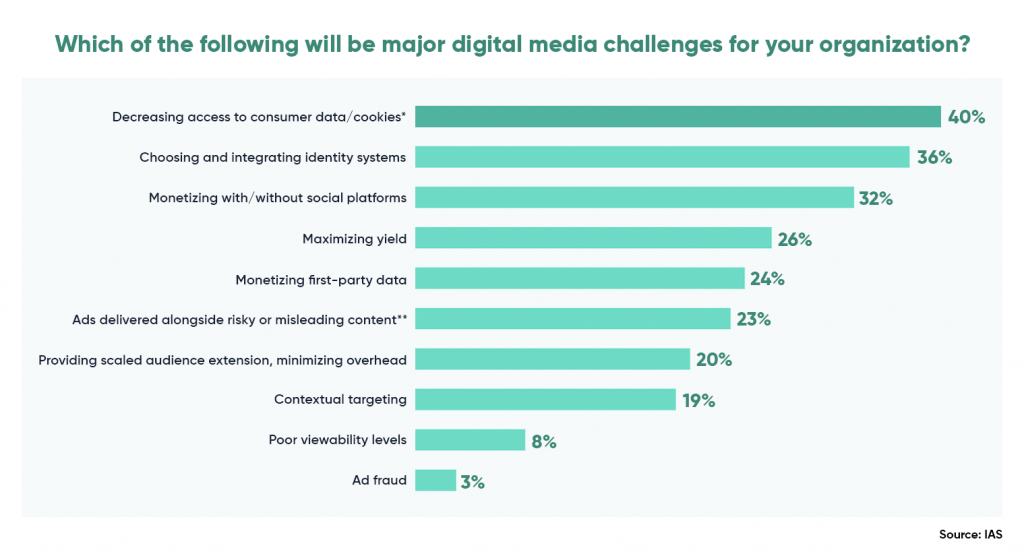
Which Media Type is Likely to Face More Challenges?
Experts have predicted that social media is most likely to face serious challenges in the coming year. Metaverse, as an emerging environment, shall also face challenges as media experts and even consumers have just begun to tap into it.
CTV, though has been on a successful rise, however, many media experts still shy away from spending their ad budget on CTV advertising. With growing demand, perceptions of challenges for this media type will see a rise too.

Digital Audio Builds Momentum in 2023

Digital audio—and digital audio advertising—is having a moment. More and more people are listening than ever before, and advertisers are rushing to join in on the fun. Media experts also agree that audio listeners will continue to migrate to digital formats. it is expected that digital audio ad spending is likely to grow 11% to surpass $7 billion next year.
With growing inventory and innovations in audio, industry experts also foresee risks a majority of experts are concerned about ad fraud, and more than half are about brand risk.
Due to these challenges in digital audio, experts see the value of third-party verification to ensure media quality.
The Future is CTV: Expanded Opportunities and Challenges
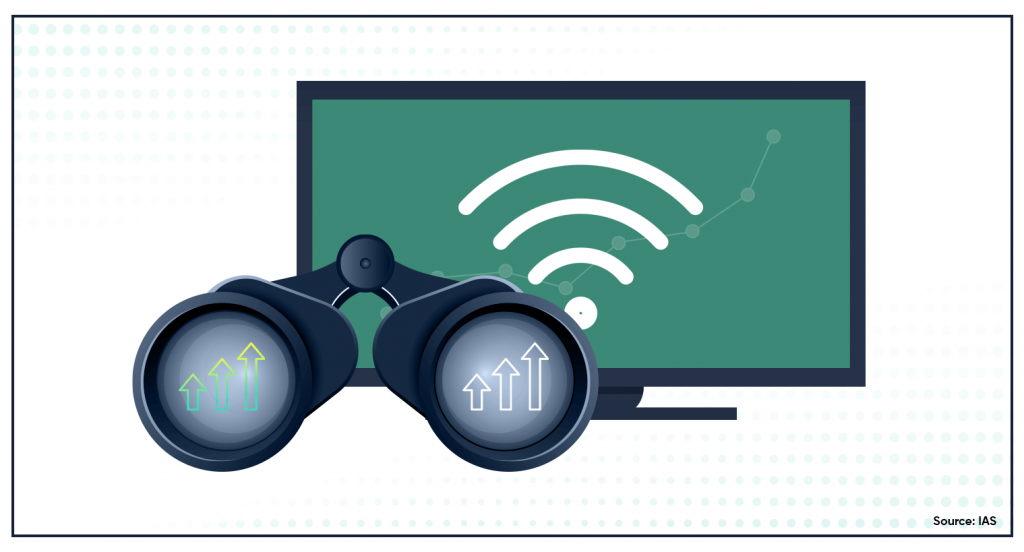
With most TV audiences streaming across several devices, it is crucial for brands and advertisers to invest in connected TV (CTV) & over-the-top (OTT) advertising as it will help them to reach viewers with premium inventory in a brand-safe environment.
One of the top concerns for CTV in the coming year is ad fraud, which is likely to be seen more of as ad inventory grows. Tracking CTV ad performance is also another issue. Since view-through rates (VTRs) are always high due to non-skippable inventory and click-through rates (CTRs) are irrelevant in this case as it’s not an option when streaming on TV or device, thus neither of these metrics are good performance indicators (KPIs) to measure the success of your ad.
To better track CTV ad performance – using pixels that are placed on the client’s website allows for internet protocol (IP) matching, and Cross-device targeting can be used.
Social Media to Remain Key Advertising Platform
Some things don’t change and that’s what happens with social media platforms as it remains to be key advertising platform, as per many media experts. Despite well-documented challenges with privacy, ownership, and its effect on public disclosure, the platform is hard to ignore with its unimaginable reach and engagement, especially when it comes to targeting Gen Z.
Looking forward, social media ad spend is expected to show a sustainable 9% year-over-year growth for the U.S. in 2023.
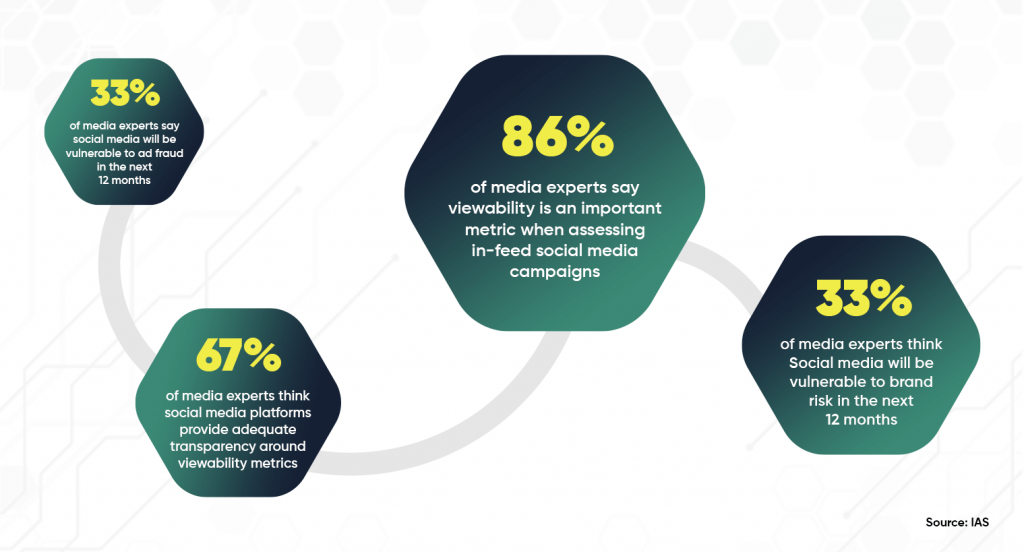
Mobile Consumption gives Rife Opportunities
Between consumers spending more time on their mobile devices watching videos and expanding 5G technology, 2023 is a year of innovation in the mobile space. In order to maintain high-quality media inventory, third-party verification will be an important factor, especially to protect brands against growing ad fraud.
Prioritizing Contextual Targeting in 2023
Contextual targeting has been in the game for a long time, however, with the deprecation of third-party cookies, many advertisers have started to shift their focus from audience/ behavioral targeting to contextual targeting. It’s a win-win for advertisers as they can reach their desired audiences at scale, without worrying about the cookies.

BLOGS
3 Takeaways from Cannes 2025: From Performance to Relevance
Last month, Silverpush team kicked off the #SummerOfContext in a big way at the Cannes Lions International Festival of Creativity 2025. To start off the week, we launched a brand new contextual targeting solution for TikTok to help brands with brand safety and higher relevance. We also announced our ...

BLOGS
Partner Spotlight: Ben Salaman, Senior Strategist at PB&
1. Tell us about your agency. What makes you stand out? PB& is a small, independent agency that was founded by people who have spent a lot of their careers in larger agencies. We saw that creativity and efficiency often tend to suffer due to silos, so our founder decided to ...
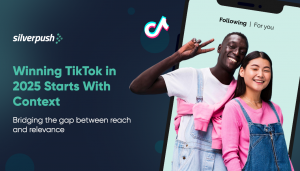
BLOGS
How to Win at TikTok Advertising in 2025 With Contextual Targeting
TikTok is no longer just a platform for viral dances and trending audio, it’s now a serious force in the advertising world. With nearly 2 billion users and over 1.8 billion reachable through ads, it’s where your audience is spending their time. But while TikTok delivers unmatched reach, it hasn’t ...








